Both the peacock and the ibis were objects of veneration because they destroyed the poisonous reptiles which were popularly regarded as the emissaries of the infernal gods. Because of the myriad of eyes in its tail feathers the peacock was accepted as the symbol of wisdom, and on account of its general appearance it was often confused with the fabled phœnix of the Mysteries. There is a curious belief that the flesh of the peacock will not putrefy even though kept for a considerable time. As an outgrowth of this belief the peacock became the emblem of immortality, because the spiritual nature of man–like the flesh of this bird–is incorruptible.
The Egyptians paid divine honors to the ibis and it was a cardinal crime to kill one, even by accident. It was asserted that the ibis could live only in Egypt and that if transported to a foreign country it would die of grief. The Egyptians declared this bird to be the preserver of crops and especially worthy of veneration because it drove out the winged serpents of Libya which the wind blew into Egypt. The ibis was sacred to Thoth, and when its head and neck were tucked under its wing its body closely resembled a human heart. (See Montfaucon’s Antiquities.) The black and white ibis was sacred to the moon; but all forms were revered because they destroyed crocodile eggs, the crocodile being a symbol of the detested Typhon.
Nocturnal birds were appropriate symbols of both sorcery and the secret divine sciences: sorcery because black magic cannot function in the light of truth (day) and is powerful only when surrounded by ignorance (night); and the divine sciences because those possessing the arcana are able to see through the darkness of ignorance and materiality. Owls and bats were consequently often associated with either witchcraft or wisdom. The goose was an emblem of the first primitive substance or condition from which and within which the worlds were fashioned. In the Mysteries, the universe was likened to an egg which the Cosmic Goose had laid in space. Because of its blackness the crow was the symbol of chaos or the chaotic darkness preceding the light of creation. The grace and purity of the swan were emblematic of the spiritual grace and purity of the initiate. This bird also represented the Mysteries which unfolded these qualities in humanity. This explains the allegories of the gods (the secret wisdom) incarnating in the body of a swan (the initiate).
Being scavengers, the vulture, the buzzard, and the condor signified that form of divine power which by disposing of refuse and other matter dangerous to the life and health of humanity cleanses and purifies the lower spheres. These birds were therefore adopted as symbols of the disintegrative processes which accomplish good while apparently destroying, and by some religions have been mistakenly regarded as evil. Birds such as the parrot and raven were accorded veneration because, being able to mimic the human voice, they were looked upon as links between the human and animal kingdoms.
The dove, accepted by Christianity as the emblem of the Holy Ghost, is an extremely ancient and highly revered pagan yonic emblem. In many of the ancient Mysteries it represented the third person of the Creative Triad, or the Fabricator of the world. As the lower worlds were brought into existence through a generative process, so the dove has been associated with those deities identified with the procreative functions. It is sacred to Astarte, Cybele, Isis, Venus, Juno, Mylitta, and Aphrodite. On account of its gentleness and devotion to its young, the dove was looked upon as the embodiment of the maternal instinct. The dove is also an emblem of wisdom, for it represents the power and order by which the lower worlds are maintained. It has long been accepted as a messenger of the divine will, and signifies the activity of God.
The name dove has been given to oracles and to prophets. “The true name of the dove was Ionah or Iönas; it was a very sacred emblem, and atone time almost universally received; it was adopted by the Hebrews; and the mystic Dove was regarded as a symbol
THE PHŒNIX ON ITS NEST OF FLAMES.
From Lycosthenes’ Prodigiorum, ac Ostentorum Chronicon. The phœnix is the most celebrated of all the symbolic creatures fabricated by the ancient Mysteries for the purpose of concealing the great truths of esoteric philosophy. Though modern scholars of natural history declare the existence of the phœnix to be purely mythical, Pliny describes the capture of one of these birds and it exhibition in the Roman Forum during the reign of the Emperor Claudius.

Moe is the founder of GnosticWarrior.com. He is a father, husband, author, martial arts black belt, and an expert in Gnosticism, the occult, and esotericism.

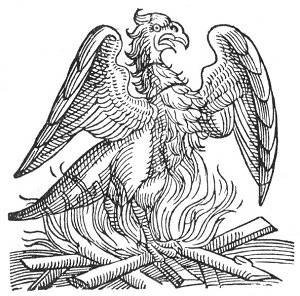
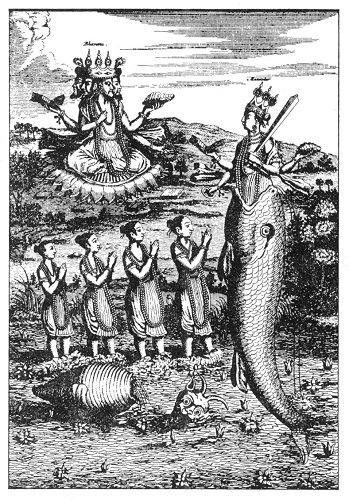
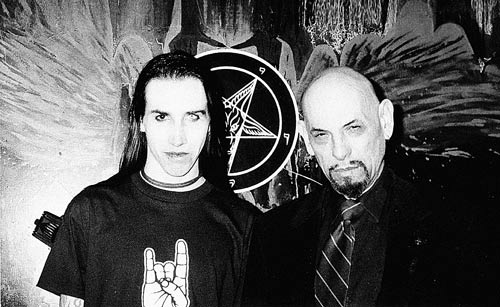

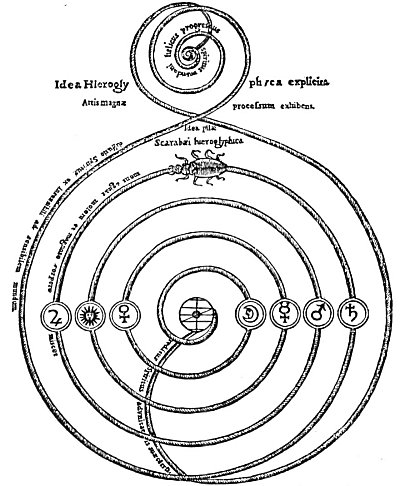
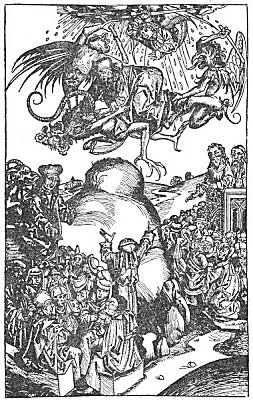
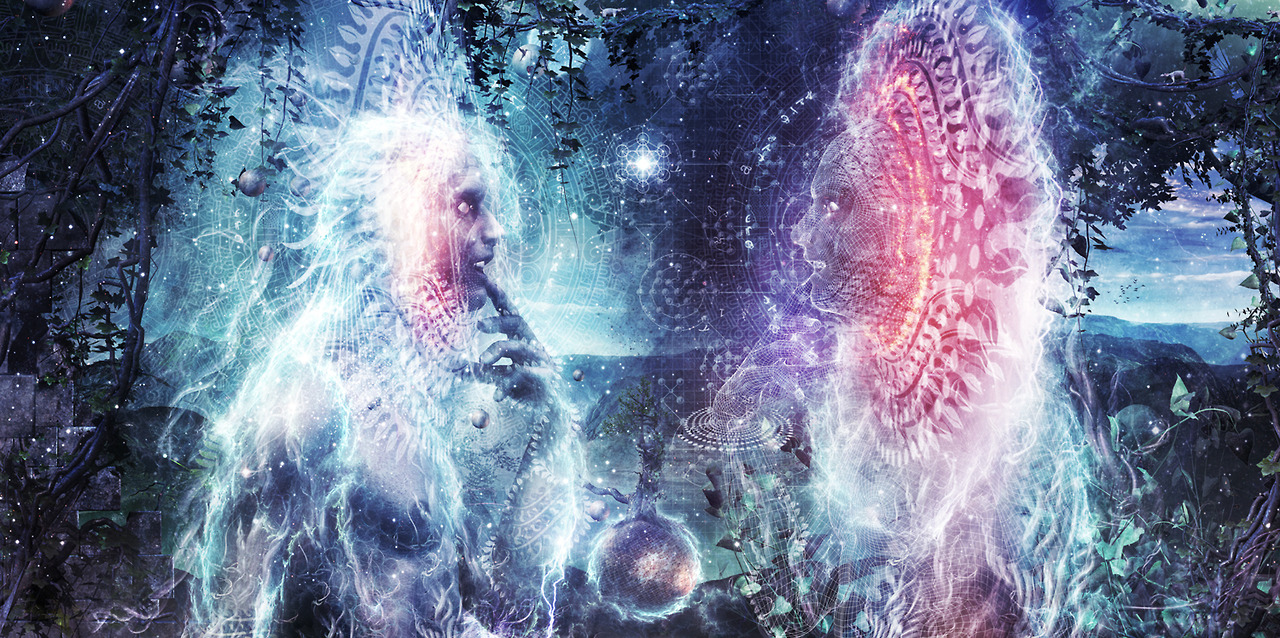
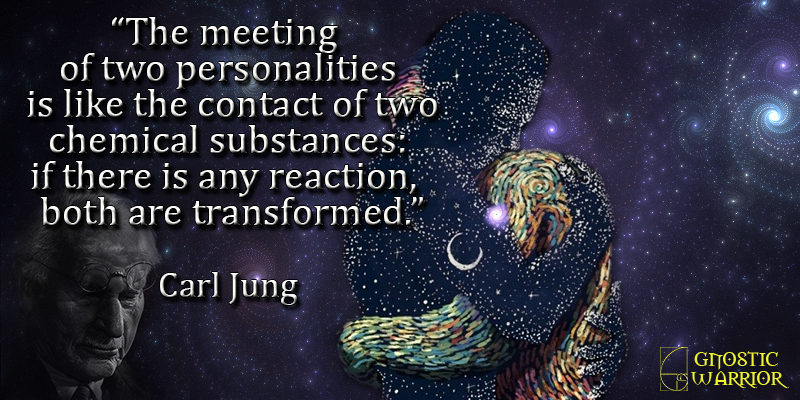
![How the Isle of Wight received Christian inhabitants, and two royal youths of that island were killed immediately after Baptism [686 A. D.] | Book 4 | Chapter 16 How the Isle of Wight received Christian inhabitants, and two royal youths of that island were killed immediately after Baptism [686 A. D.] | Book 4 | Chapter 16](https://www.gnosticwarrior.com/wp-content/plugins/contextual-related-posts/default.png)